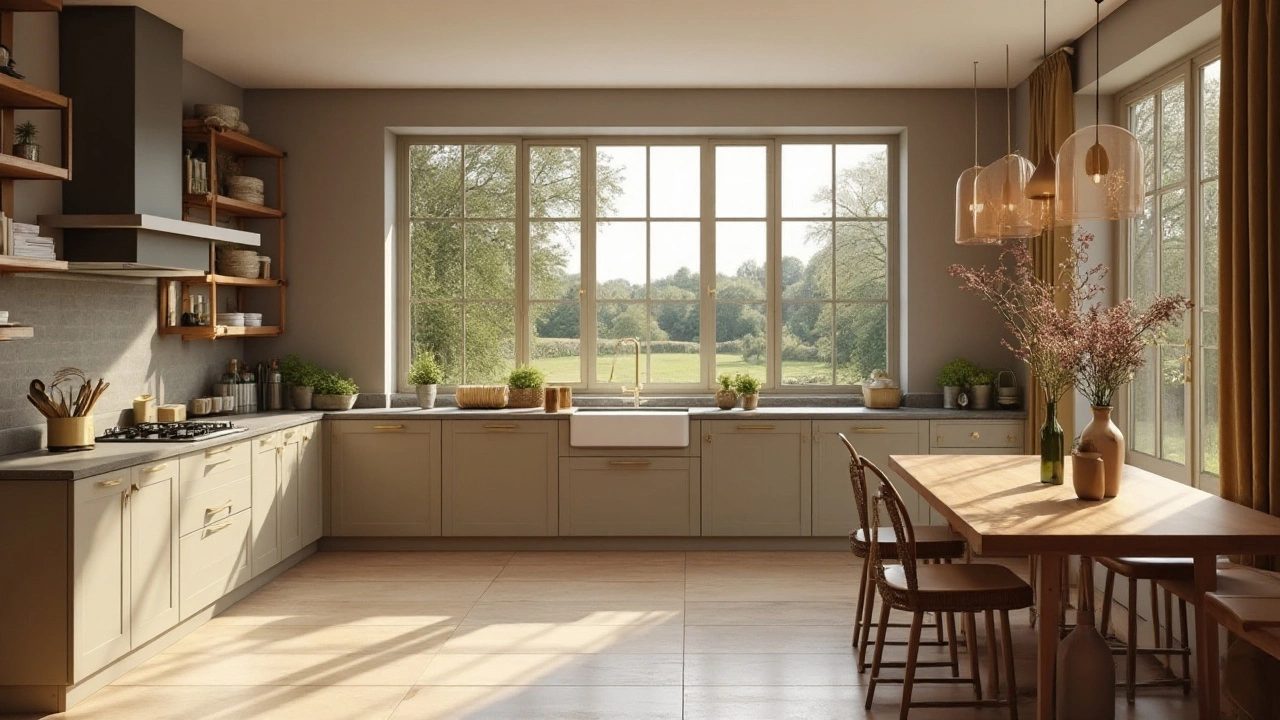Golden Ratio: Simple Design Rules for Beautiful Interiors
If you’ve ever wondered why some rooms just feel right, the secret is often the golden ratio. It’s a proportion that’s easy to spot in nature, art, and good‑looking homes. You don’t need a math degree to use it – just a few practical steps and a sense of balance.
Why the Golden Ratio Matters in Home Design
The golden ratio is roughly 1:1.618. When a space follows that relationship, the eye moves smoothly from one element to the next. That’s why a living‑room with a sofa and coffee table sized to that ratio feels natural, while a random layout can feel cramped. It also helps you choose sizes that work together, from curtains to tiles.
In flooring, the ratio can guide pattern repeats, board lengths, and even the way you break up a large room into zones. A floor that respects the golden ratio often looks more cohesive, as the eye connects the pieces without effort.
Applying the Golden Ratio to Flooring and Layout
Start with the main focal point – a fireplace, a large rug, or a striking piece of furniture. Measure its width, then multiply that number by 1.618. That gives you the ideal width for the surrounding area, such as the wall space or the next piece of furniture. If your sofa is 120 cm wide, the optimal adjacent wall space would be about 194 cm.
When laying boards, aim for a repeat that fits the ratio. For example, if you use 90 cm wide planks, arranging them in a 90 cm x 146 cm pattern follows the golden proportion. This creates a subtle rhythm that makes the floor feel intentional.
Use the ratio to decide on lighting zones. Place a pendant light or a floor lamp at a distance that matches the 1:1.618 rule from the edge of a seating area. It balances illumination and avoids harsh shadows.
Mixing patterns? Keep one dominant element at the golden ratio size and let secondary patterns sit at about 60% of that size. It prevents the room from feeling chaotic while still adding visual interest.
Don’t forget the vertical. If a wall is 250 cm high, a piece of artwork that’s 150 cm wide fits nicely because 150 ÷ 250 ≈ 0.6, the inverse of the golden ratio. It creates a pleasing stretch from floor to ceiling.
Finally, walk through the space. If something feels off, double‑check the measurements. Small tweaks, like moving a side table a few centimeters, can bring the whole room back into harmony.
Using the golden ratio isn’t about strict rules; it’s a guide that helps you make choices that feel right. Apply it to your flooring, furniture layout, and even accessories, and you’ll notice a calmer, more balanced home. Ready to give your rooms that effortless appeal? Start measuring, multiply, and watch the transformation happen.
Achieving Balance: The Golden Ratio in Kitchen Design
- Gavin Whitaker
- |
- |
- 0
Discover the secrets behind the application of the golden ratio in kitchen design. This principle is celebrated not only in art and nature but also in creating aesthetically balanced and functional kitchen spaces. The golden ratio helps in enhancing the visual appeal and efficiency of kitchen layouts. Learn how to incorporate this timeless design philosophy into your own kitchen transformation. Explore practical tips and creative ideas for a harmonious kitchen environment.
View more